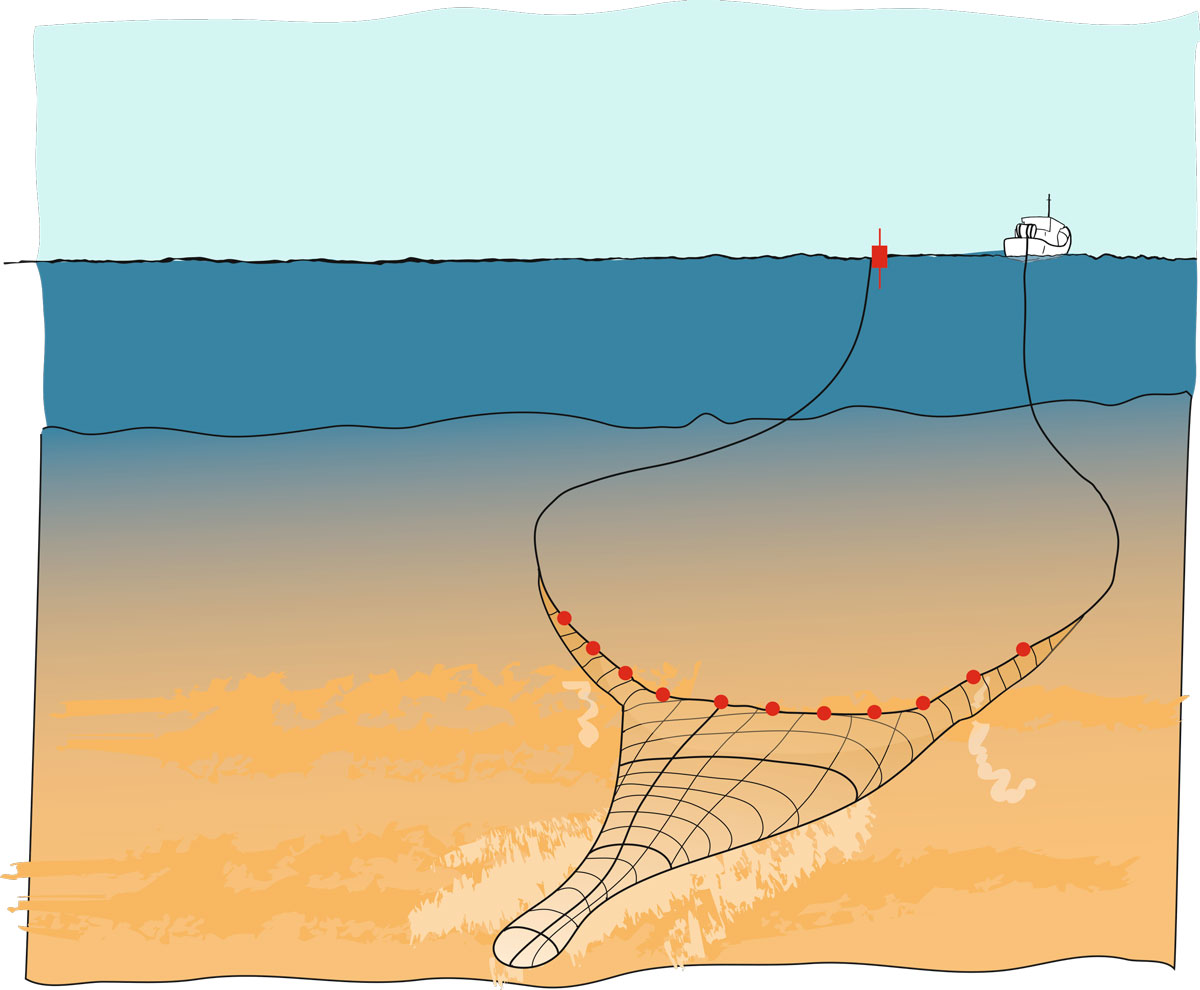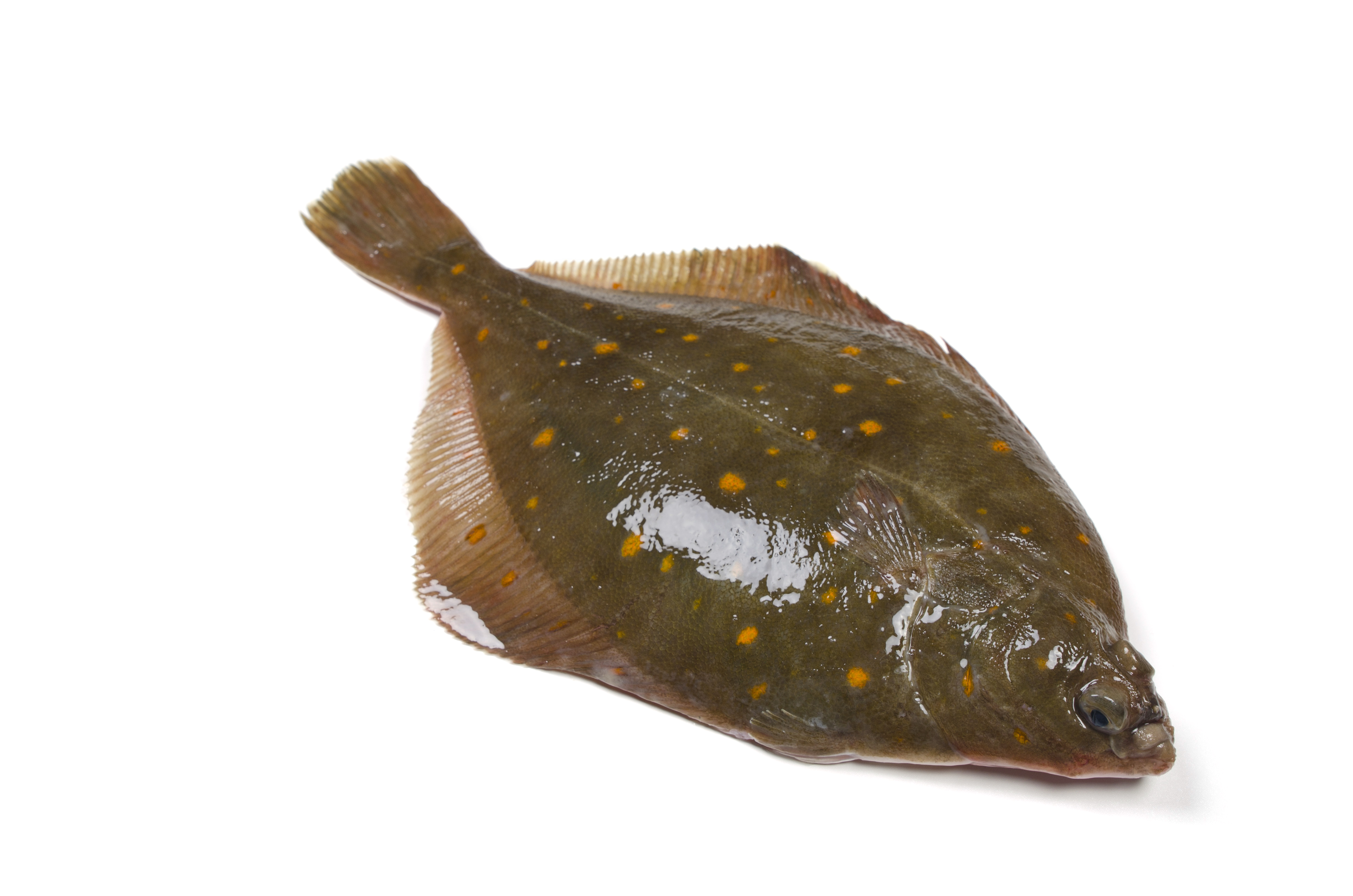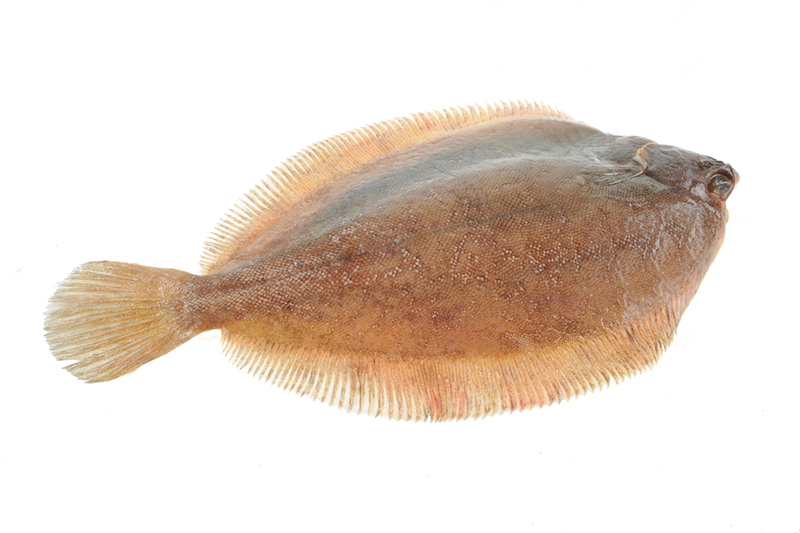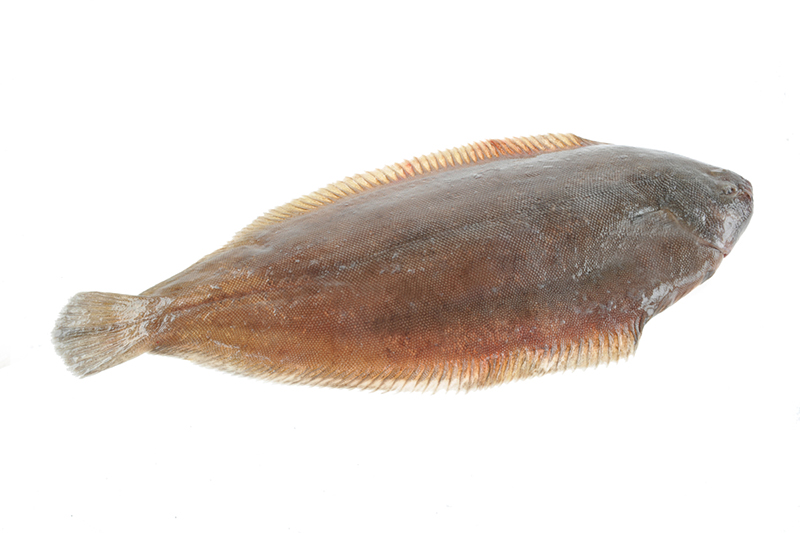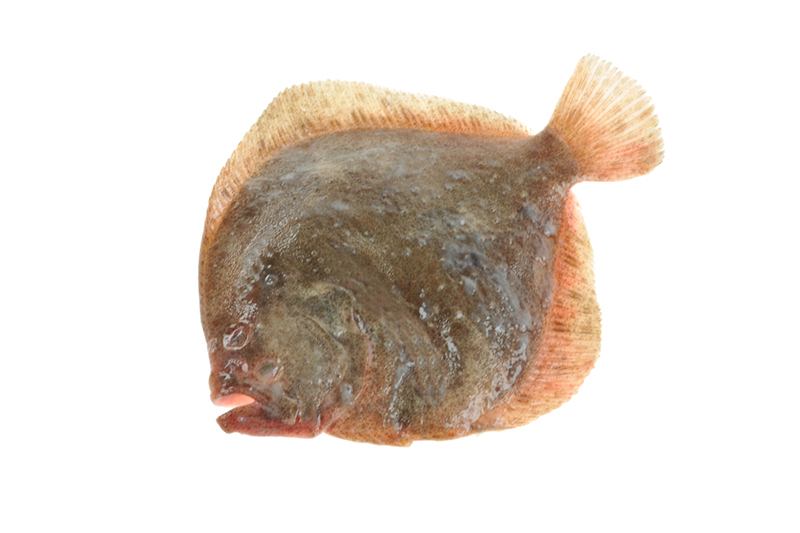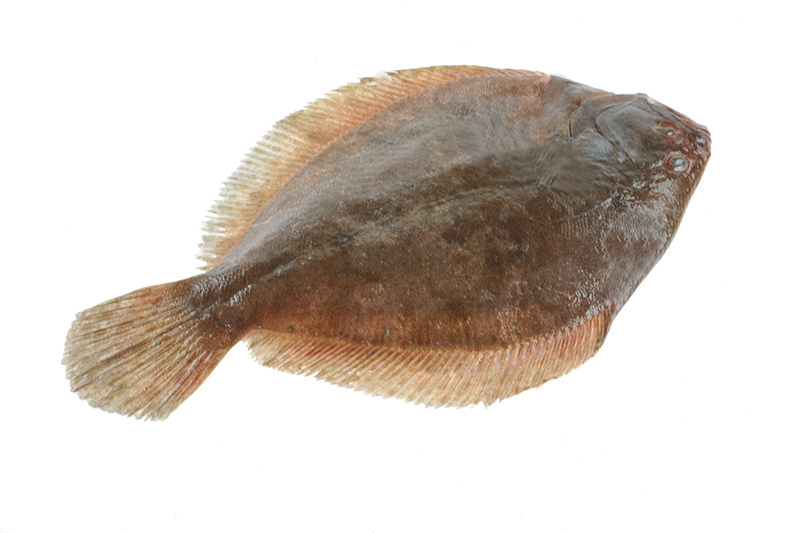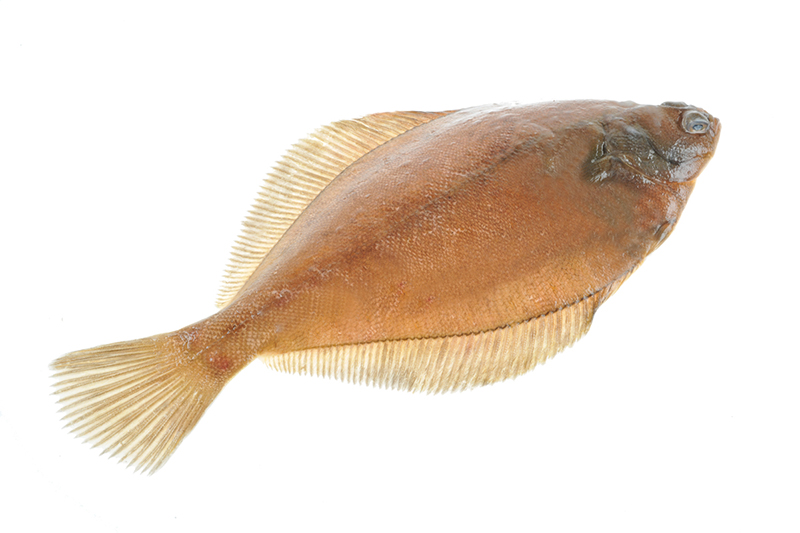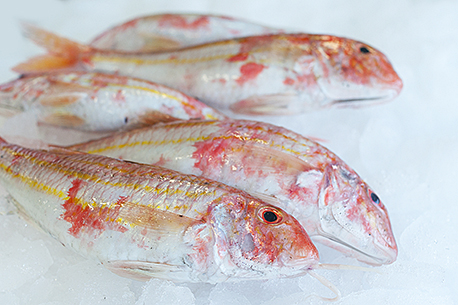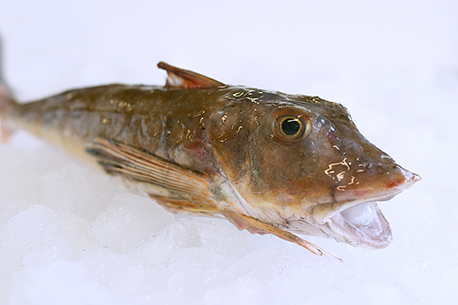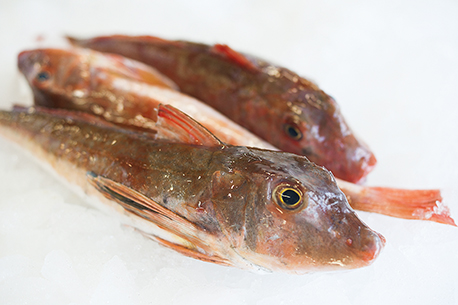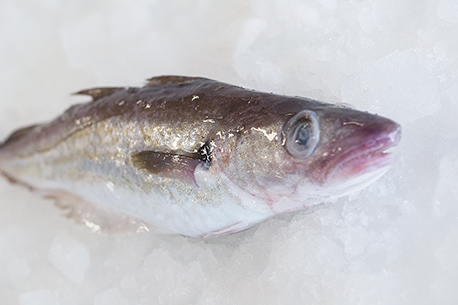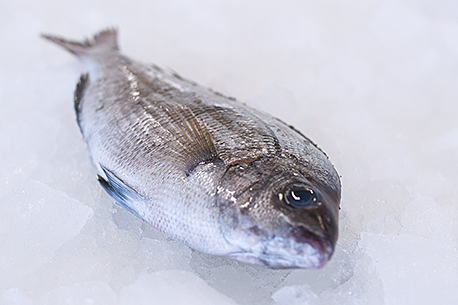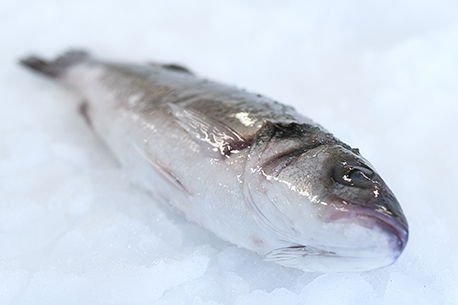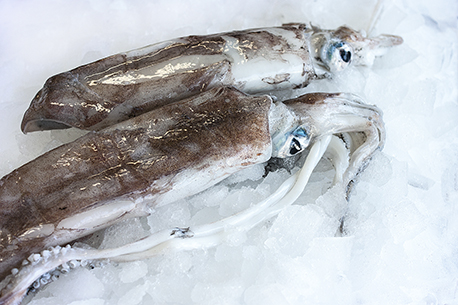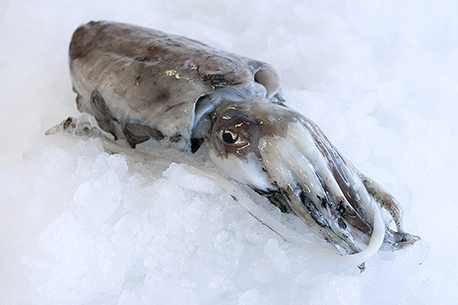Our products are available with the following specifications::
Specifications:
- Whole
- Ready to cook
- Filet
Presentation:
- Frozen
- MAP-packaged
- Skin-packed
Packaging:
- Box - 2kg to 10kg
- Retail bag - 250g to 2000g
- Retail box - 200g to 450g
- Polystyrene box - 3/6/10kg
Specifications:
- Whole
- Ready to cook
- Filet
Presentation:
- Frozen
- MAP-packaged
- Skin-packed
Packaging:
- Box - 2kg to 10kg
- Retail bag - 250g to 2000g
- Retail box - 200g to 450g
- Polystyrene box - 3/6/10kg
The products of Osprey Fish are caught exclusively by our own ships. The catch is geared towards the highest quality plaice. Osprey Fish therefore concentrates its activities on the fisheries where plaice with the best flavour is caught What is exceptional is that plaice is only fished for from late April until late October, the period in which the plaice is of the highest quality. Plaice is not fished for during spawning and the spawn sick period. For that period fish is kept in stock. In that way Osprey Fish guarantees high-quality plaice 365 days a year.
 The fish are treated with the utmost care immediately upon being caught. In an uninterrupted cooling chain the product is further processed in spaces that meet the highest requirements in the area of quality and hygiene. We are proud of our fish and our quality. Year after year our fish receives the DLG Gold Award, a prestigious certification from Germany.
The fish are treated with the utmost care immediately upon being caught. In an uninterrupted cooling chain the product is further processed in spaces that meet the highest requirements in the area of quality and hygiene. We are proud of our fish and our quality. Year after year our fish receives the DLG Gold Award, a prestigious certification from Germany.
Our fleet is proud of our main product: sustainable and delicious plaice. However, along with this top product from the North Sea, we also catch seasonal products such as turbot, brill and dab.
Choosing our fish, Osprey Fish, is choosing the best of what the North Sea has to offer you.
During winter, our vessels fish in the southern North Sea and in the English Channel using the fly-shoot method. This method ensures fish of the best quality, because the fish are in the nets for a short period only and are immediately cooled and placed on ice when the nets are pulled in. The vessels unload their catch a number of times per week, which allows us to guarantee optimal freshness straight from the vessel.
Twin-rig fishing
In twin-rig fishing, two fishing nets are dragged behind the ship at low speed. The fishing gear consists of three (rubber) ropes from the stern of the ship to two joined trawling nets that are drawn side by side. The points where the ropes are attached to the nets touch the seabed. This causes vibrations and makes the sand swirl, which drives the plaice from the seabed into the nets. Twin-rig fishing is a light form of draw-net fishing that involves little disruption of the seabed compared to other fishing methods. This not only saves fuel, but also causes less disruption of life on the seabed. Additionally, because of the low trawling speed, this fishing method yields fish of good quality, while (unwanted) bycatch is kept to a minimum.
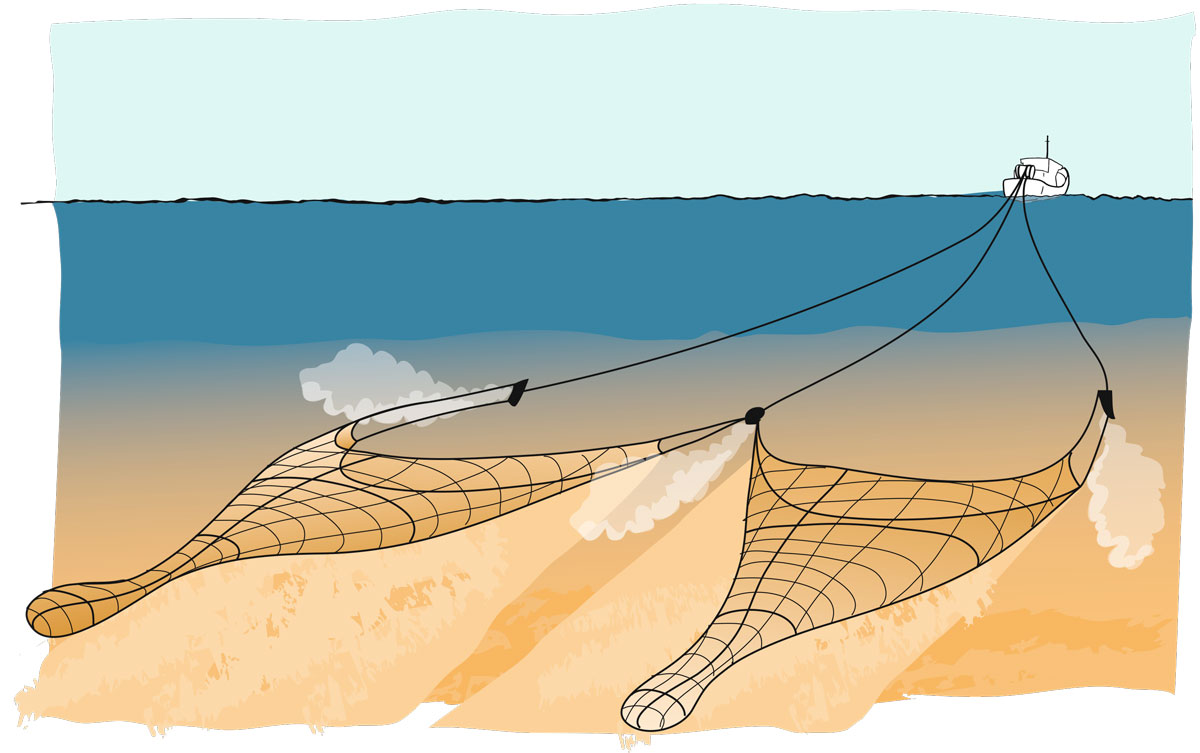
Fly-shoot fishing
In addition to twin-rig fishing, our vessels use fly-shoot fishing. A fly-shooter uses ropes or seines that are dragged behind the vessel and connected to a net. During fishing, the seines are pulled towards the vessel. The seines roll over the seabed and cause dust clouds that frighten the fish and keep them swimming in front of the ropes. The strong and big fish continue to swim in front of the ropes and are herded into the opening of the net when they approach the ship.
Fly-shoot fishing is only effective when there is sufficient daylight, when the fish are able to see the seines. Fly-shooters are therefore only used at daytime. Fly-shoot fishing is the most effective when the seabed is level and sandy and without obstacles. That is why it is mostly used in the English Channel and in some areas of the North Sea.
